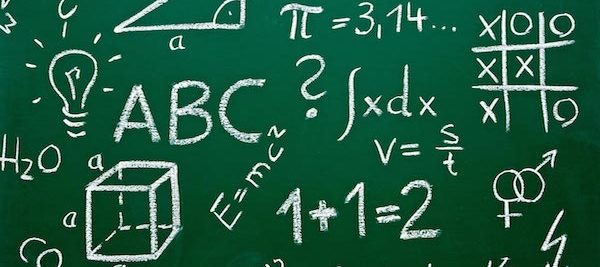学生们在解答数学应用题时常常在想:“怎样才能最好的理解这道题的题意,并把它分解成几个简单的问题?”“如何把这个包含数字的句子转换成我能理解的英文?”本文就来讨论如何破除数学应用题的神秘感。
首先我们必须读懂的是,这道应用题要求解答的是什么,例如是某个百分比?某个值?两个答案?一个答案?某个估计值?还是精确值?了解这点后,就可以把它设为未知变量,以及建立方程式来求解未知量。得出答案后,再把答案代回方程式来证实答案是正确无误的。
学生们往往对数学有一种恐惧感,这并非因为他们不会做题,而是因为他们没有读懂问题或者没能把它分解成简单的问题来解答。INC Tutoring辅导公司把这套技巧教给其学生后,他们就能成功解答出一个又一个难题。最后他们往往会感叹道:“我真希望学校的老师能这样教我们”或者说“这套方法比我在学校学的容易多了。”
我们会不断的和大家分享新的技巧以及更快捷的思考和学习方法,以便大家各取所需。这样,数学应用题的神秘感就再也不存在了。
下面分析一道数学应用题来作为例子(保留英文原文)。
Solving a mixture problem takes precision, but you can break it down with mathematical English as well. You have to remember these steps. 1) What is being mixed? 2) Organize the information. 3) Set up gallons of the ingredient for each container. 4) Form a mixture equation. 5) Solve and Check.
Q: How many gallons of a 60% solution must be added to 30 gallons of a 10% solution in order to produce a 20% solution?
We know so far that a 60% solution is being mixed with a 10% solution. We do NOT know how much of the 60% solution we have, so that is “x”. We do have 30 gallons of the 10% solution.
The next step is to ORGANIZE the information. One jar contains the 60% solution (x gallons). Another jar contains the 10% solution (30 gallons). There is a 20% solution jar that combines the two as well (x + 30). The last jar is the place where we want to have the 20% solution created. In the first jar, we have a 60% solution that houses 60% of the gallons of one liquid. In the other jar, we have 40% of the container having other ingredients.
Now, it is time to calculate the gallons of the ingredient in each of the containers by multiplying the total gallons of EACH container by the percentage listed for the container. Next, you have 60% * x, 10% * 30, and 20% * (x+30). The verbal equation is (Ingredient in Jar 1) + (Ingredient in Jar 2) = (Ingredient in Jar 3). The equation using decimals is: .60x + 3 = .20x + 6. You would then subtract .20x from both sides and subtract 3 from both sides to get .40x = 3. Next, you divide both sides by .40 and x = 7.5.
Problem solved and you should check it by plugging the value for x back into the equation. This is how easy math can be using mathematical English. Let’s try this again in a different way.
“What is 75% of 300?”
How are we going to break this problem down? When a problem says “What”, that means “x”. The word “is” ALWAYS means “equals”. “Percentage” always means “out of 100 parts”, so the 75% converts to 75/100. “Of” means multiplication and the number 300 remains just that – a number. So, here is the updated version of this: x = (75/100) * 300. Now, 100 goes into 300 three times. So, you have 3 times 75 which equals 225. Problem solved. This is how easy math can be using mathematical English. Let’s try this again in a different way.
35 is what percent of 80?
We now solve this problem: 80 goes into 100 1.25 times. So, we have 35 = x/1.25. We then cross multiply 35 * 1.25 and get 43.75 which is our answer. X = 43.75%. As you see, this process is again very simple. Visual learners will need to break problems down by drawing pictures or sketching out the process of the problem. Auditory learners just need to hear the correct conversion of the problem. Kinesthetic learners will need to get up and act out the problem or write on the boards themselves. This simple mathematical English process can be used on more advanced problems to provide clarity to the problem solver.


Comments are closed here.